Data Structures and Algorithms
Exam preparation, recap and revision
Substance
- Data Structures
- Algorithms
Data Structures
Linear
- Arrays
- resizable / dynamic arrays
- Linked lists
- Stacks and queues
- Hashtables
- Chaining
- Open addressing
Tree-based
- Trees!
- BSTs
- Self-balancing trees: AVL-trees
- Heaps
- Priority queue
- Disjoint-sets
Algorithms
Sorting
- selection sort
- insertion sort
- Shell sort
- Merge sort
- Quick sort
- Heap sort
Tree and graph exploration
- Tree traversals
- Depth-first search
- Breadth-first search
- Dijkstra’s algorithm
- Floyd-Warshall algorithm
- Kruskal’s algorithm
diff
Cryptography
- RSA
Concepts
Complexity
- asymptotic complexity: O, Ω, Θ
- worst case
- average case
\[ 1 < \alpha(n) < \log n < n^\epsilon \] \[ n < n^2 < n^3 < \ldots < 2^n < 3^n < \ldots < 2^n \] \[ 2^n < 3^n < \ldots < 2^{2^n} < 2^{2^{2^n}} < \ldots < \mathsf{ackermann} \]
- Amortized complexity of a sequence of operations
- Calculating complexity (recap coming later)
- master theorem
Algorithmic approaches
- Divide and conquer
- Trees create logs!
- Master theorem case 2
- heap for priority queue
- AVL trees
- Dynamic programming
- avoid recomputing overlapping subproblems
Correctness
- loop invariants
Recaps
Calculating complexity
How often is tick called?
for (int i = 1; i < n; i++) {
tick();
}
for (int i = 1; i < n; i++) {
for (int j = 1; j < n; j++) {
tick();
}
}
for (int i = 1; i < n; i++) {
for (int j = 1; j < i; j++) {
tick();
}
}
for (int i = 1; i < n; i++) {
for (int j = n; j > 1; j = j/2) {
tick();
}
}
for (int i = 1; i < n; i++) {
for (int j = i; j > 1; j = j/2) {
tick();
}
}
AVL Trees
An AVL tree is a BST satisfying the AVL condition: every node’s balance factor is 0, -1 or 1.
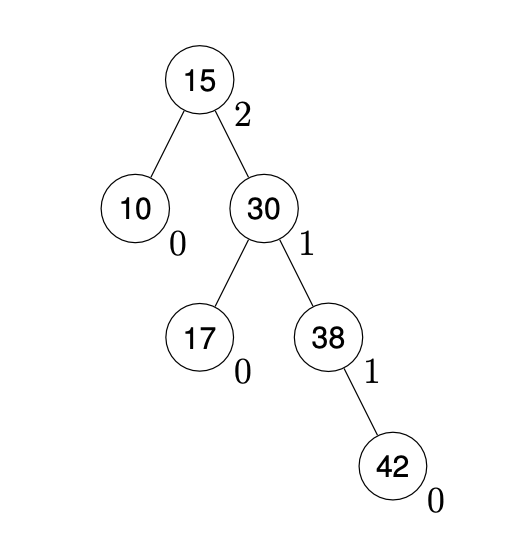
When nodes are added or deleted we may need to rebalance to maintain the AVL condition.
This is done using rotations.
Tree rotations with no subtrees
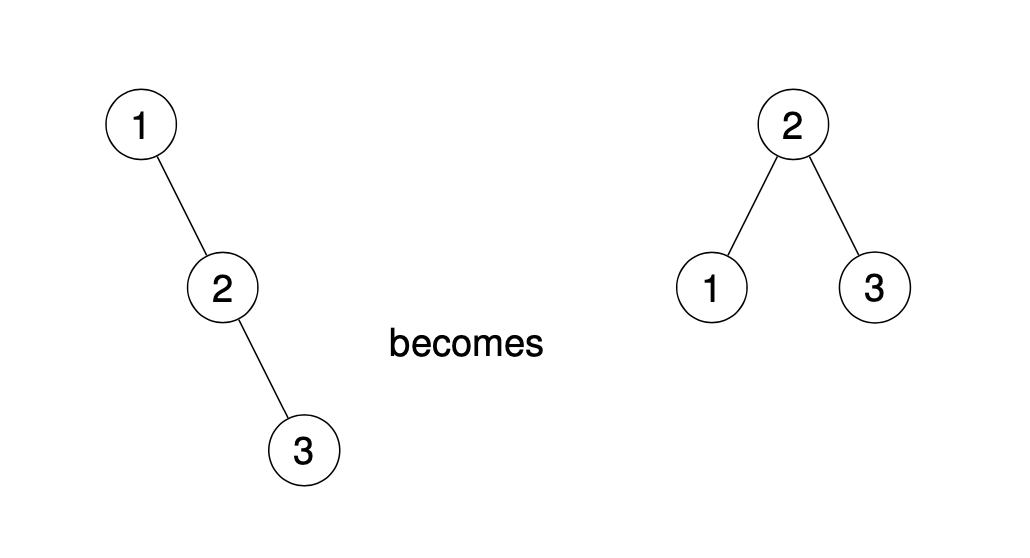
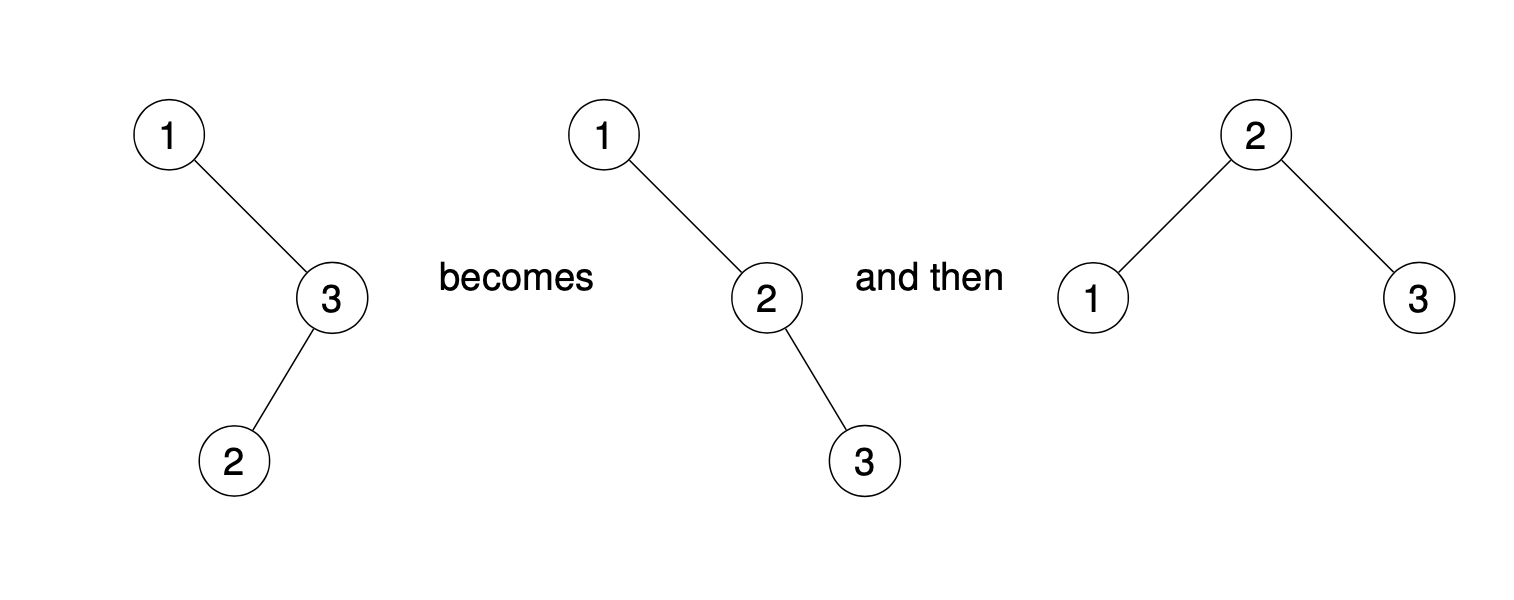
Adding subtrees
Do the same! Just make sure to place the subtrees in such a way that the inorder traversal is unchanged.
RR case:
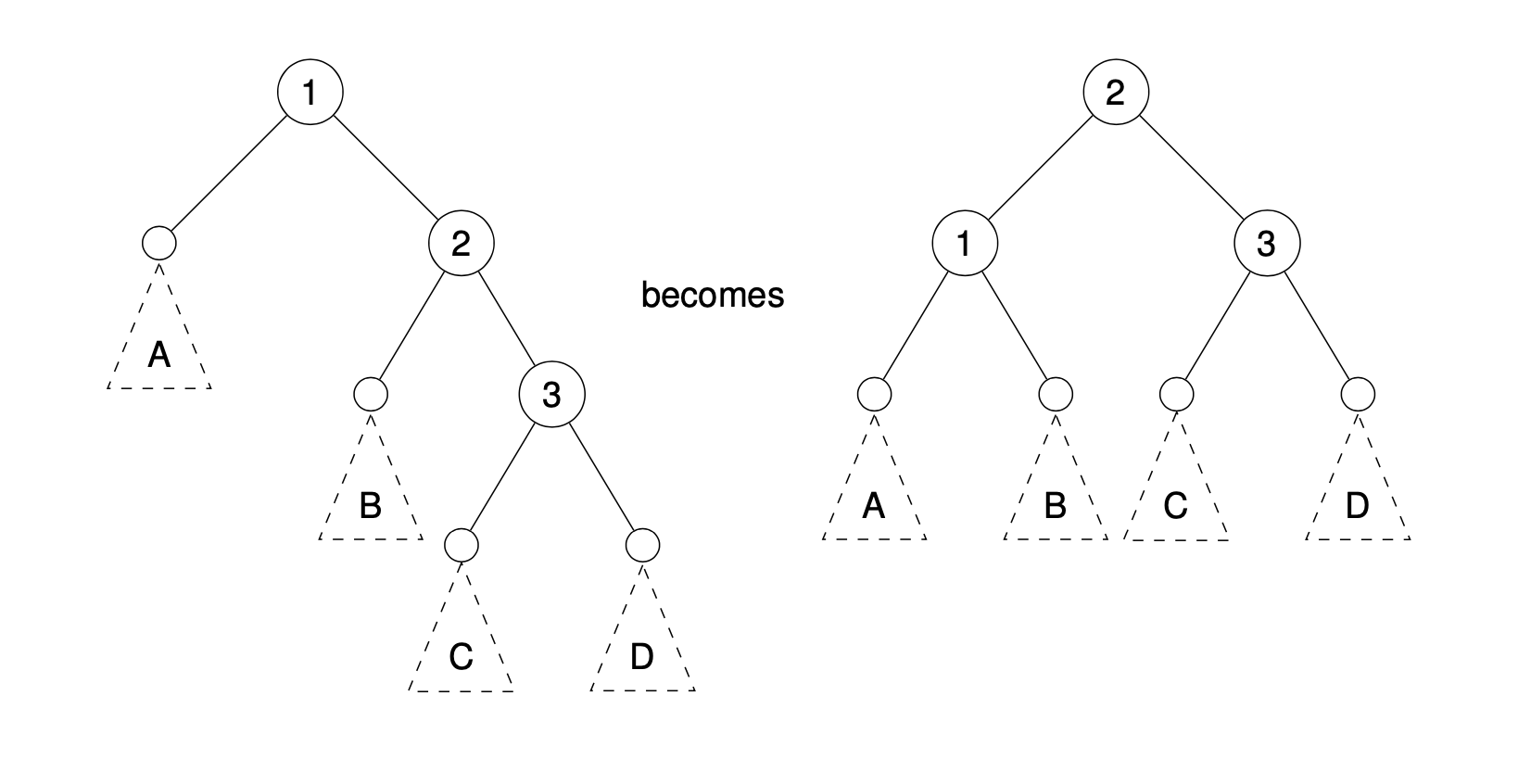
RL case:
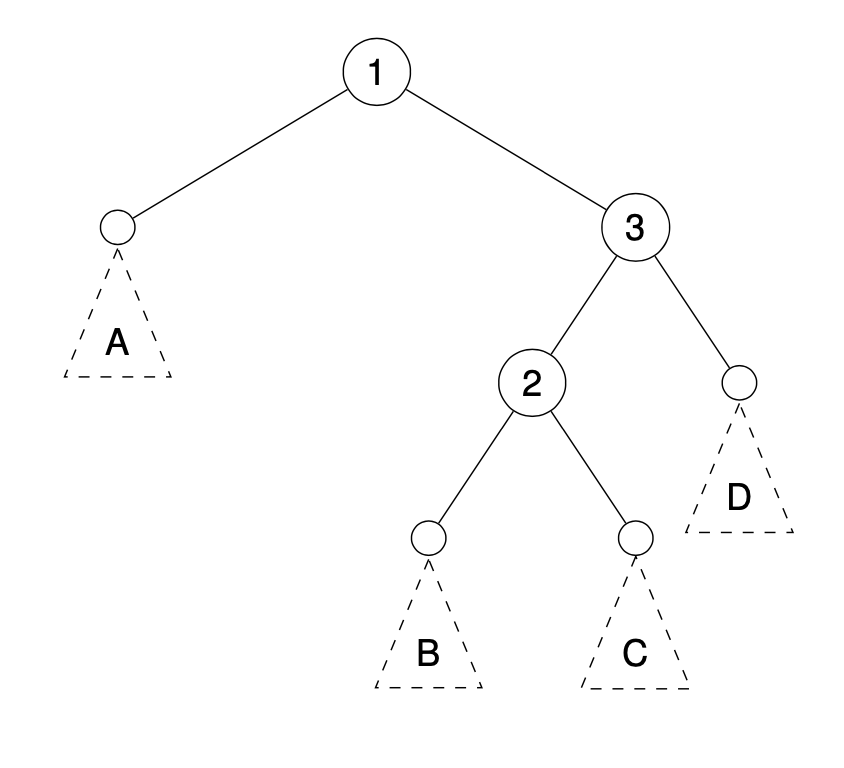
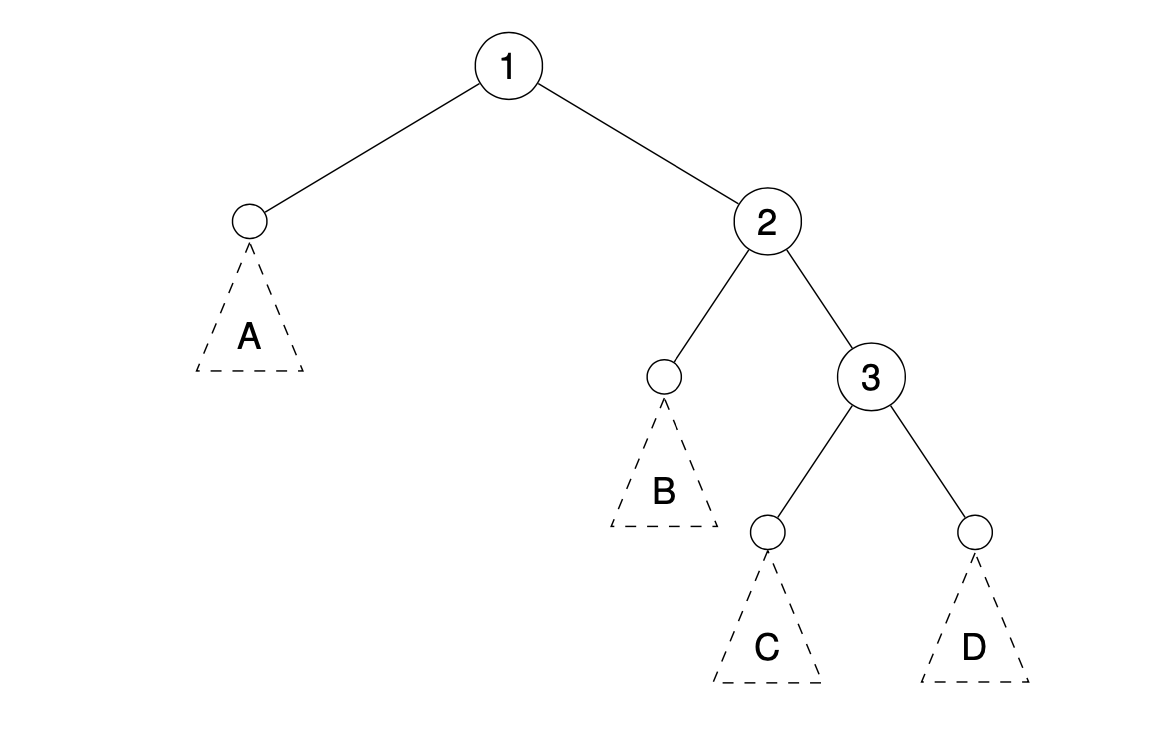
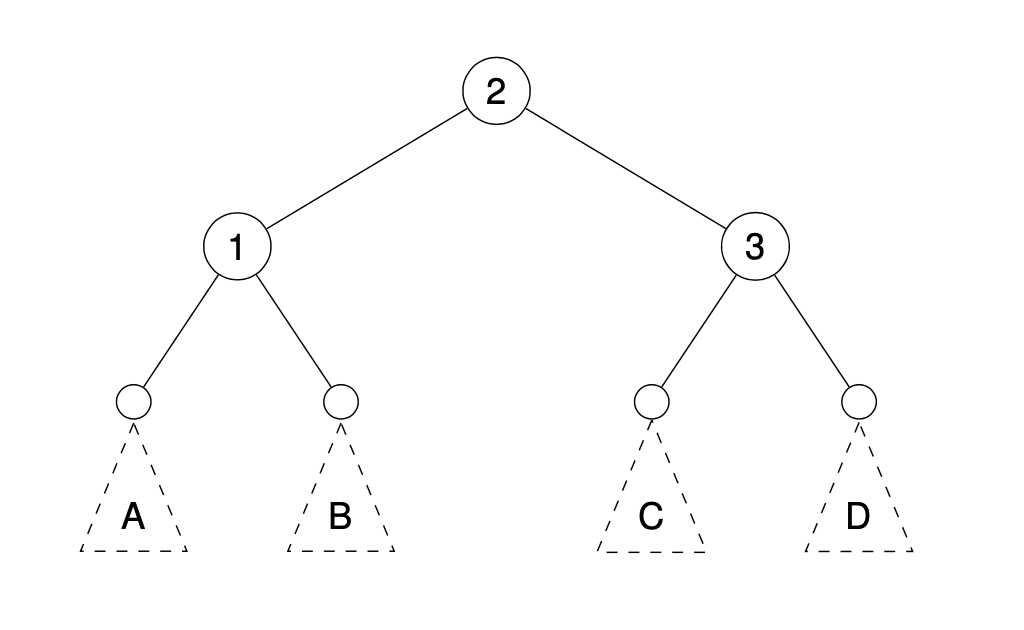
Exam format
- 8 multiple choice questions worth 20 marks total
- 2 longer answer questions worth 20 marks each
- Roughly 5 minutes per MCQ, 40 minutes for each longer question
- plenty of time!
- answers go on a special answer sheet
- Don’t expect to just glance at the MCQs and be able to answer them: some working is required – use the back of the answer book
- Model paper is available on Moodle.
- Please use the forum for questions, up to next Monday 16/1/2023.